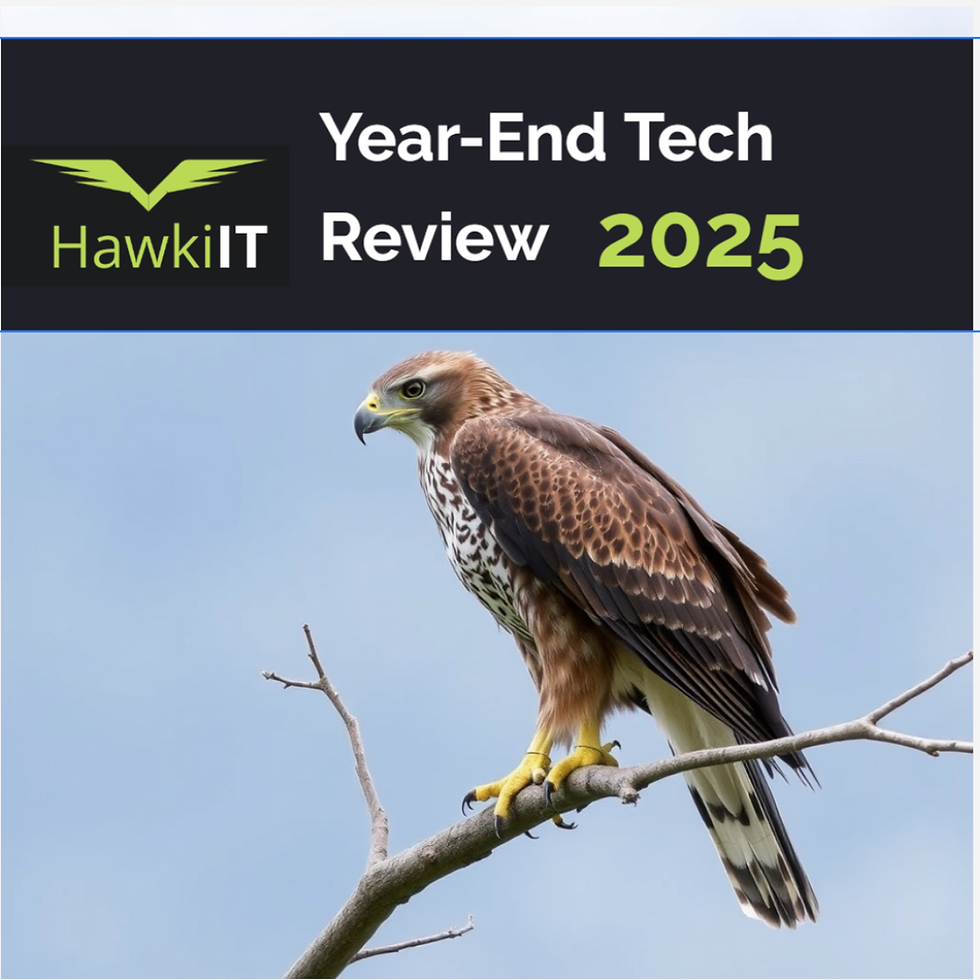From Tariffs to Cyber Storms: How SMEs Can Thrive Amid Global Turbulence
- hello373474
- Aug 21
- 2 min read
Updated: Aug 27

Running a business in 2025? It’s like flying through turbulence—tariffs shaking the wings, cyberattacks hitting the radar, and inflation quietly eating at the fuel tank.
But here’s the good news: businesses that adapt don’t just survive—they gain altitude.
1. Tariffs Taking a Bite Out of Business
When the U.S. imposed a 35% blanket tariff on Canadian imports in July 2025, one Ontario-based metals supplier saw their U.S. customers slash orders overnight. With margins already thin, this meant scrambling to renegotiate contracts and rethink supply chains.
Meanwhile, a Canadian auto parts manufacturer (already squeezed by steel and aluminum tariffs earlier in the year) turned to automation and cloud-based ERP systems to offset costs. The move reduced manual labor costs by 18% and gave them real-time insight into shifting U.S. demand.
Lesson: SMEs that can pivot quickly—using IT to streamline operations—are more resilient to global shocks.
2. Cyberattacks Hitting the Middle Market
In early 2025, Industrial Alliance, a major Canadian insurer, reported a breach that compromised customer data and rattled confidence across the sector. If a Fortune 500-level firm can get hit, SMEs are even more at risk as downstream targets.
Closer to the SME space: a Toronto accounting firm with under 40 employees was crippled by a ransomware attack that locked years of client tax files. The recovery bill? Over $150,000—not counting lost client trust.
Lesson: Hackers don’t discriminate. If you handle data, you’re a target. Managed detection, 24/7 monitoring, and staff training are the shields that keep SMEs from becoming the next headline.
3. Inflation Still Eating Margins
Even though Canada’s annual inflation eased to 1.7% in July 2025, core costs like food and shelter are still up over 3%.
One Ontario catering business supplying both corporate events and schools recently faced a 12% increase in food input costs year-over-year. Instead of cutting staff, they leaned on cloud-based scheduling and AI-driven inventory tools to reduce waste and optimize supply runs—saving almost $30,000 annually.
Lesson: Cutting deeper isn’t the answer. Smarter tech investments stretch budgets further.
4. Agility as the SME Superpower
Big corporations can absorb shocks with deep pockets, but SMEs can win with speed.
A Canadian logistics startup used predictive analytics to reroute deliveries ahead of U.S. tariff rollouts, avoiding delays that hit larger competitors.
A professional services firm adopted cloud-first IT, which let them shift to hybrid work overnight when office lease costs jumped.
In both cases, technology + strategy = advantage.
The Final Call: Thriving in Uncertainty
The global climate isn’t settling anytime soon. Tariffs will keep shifting, cyber threats will escalate, and inflation may ease but won’t vanish.
The businesses that thrive? They’ll be the ones that:
Build resilience with cloud and automation
Protect themselves with proactive cybersecurity
Stay agile enough to pivot when the winds change
At Hawki IT, we help SMEs across North America stay secure, scalable, and competitive—no matter the turbulence.
Ready to future-proof your business? Book your complimentary IT Strategy Consultation today.

Let's work together >> hawkiit.com





